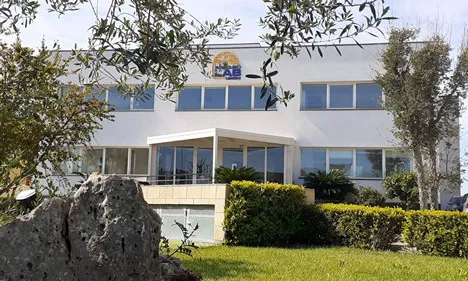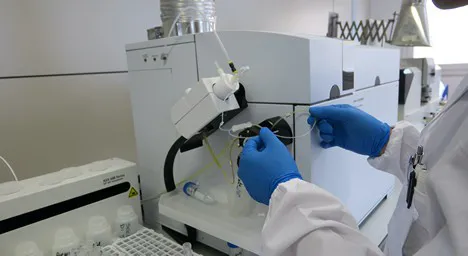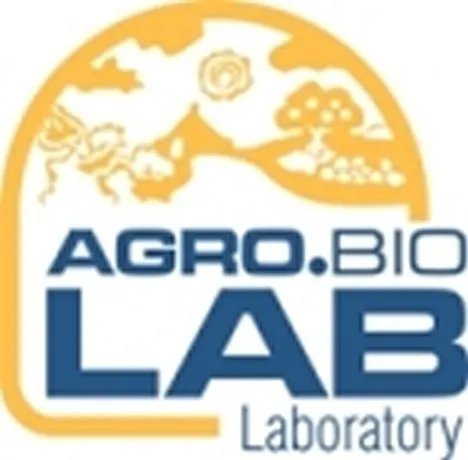The presence of metals and other contaminants in the environment is the result of the dispersion and accumulation of man-made pollutants into the ecosystem as a consequence of manufacturing, intensive agricultural practices, incineration and waste disposal from industrial activities.
 Agro.Biolab laboratory center
Agro.Biolab laboratory center
Humans can absorb these contaminants through the environment, e.g., by inhalation, or through water, animal products and soil products that draw their nutrients from contaminated soil and water. Further contamination from the various stages of food production, processing and storage can also overlap in the food chain.
Although some elements such as iron, selenium and zinc are essential for health and must be present in the diet, there are many others that are dangerous; their accumulation in the human body can in some cases trigger allergic reactions (nickel) or cause harmful effects over time, as in the case of prolonged exposure to metals such as mercury, lead and cadmium.
 Tools for the detection of metals
Tools for the detection of metals
In order to protect consumer health, there are regulatory safe limits for exposure to metal residues. Regulation EC 1881/2006 and its subsequent amendments and supplements, in fact, established maximum levels in food containing certain contaminants, including metals.
The most recent updates of Regulation 1881/2006 published under references 2021/1323 of 10 August 2021 and 2021/1317 of 9 August 2021, due to the many criticalities encountered, further lowered the maximum levels of cadmium and of lead in certain food products and set new limits for food intended for infants and young children.
The prevention of heavy metal poisoning, therefore, is based on compliance with regulations and effective controls; in this way, interventions can be monitored and planned to reduce human exposure to this persistent contamination.
At the same time, whenever there is a need to verify a nutritional claim to guide the consumer's purchasing choices (low in sodium, nickel free, rich in selenium, etc.), there must be a scientific basis for the information given, and the products must be tested rigorously.
Agro.Biolab Laboratory, Europe's leading centre for contaminant analysis, is able to determine and quantify the presence of metals contained in food and in the environment (water and only), using appropriate analytical techniques, such as atomic absorption spectroscopy (AAS) and ICP-MS, with accredited methods and trained personnel, to guarantee the quality of the analytical data provided.
For more information:
Marzia Arborea
Agro.Biolab Laboratory srl
+39 080 4770762
[email protected]
www.agrobiolabitalia.it
